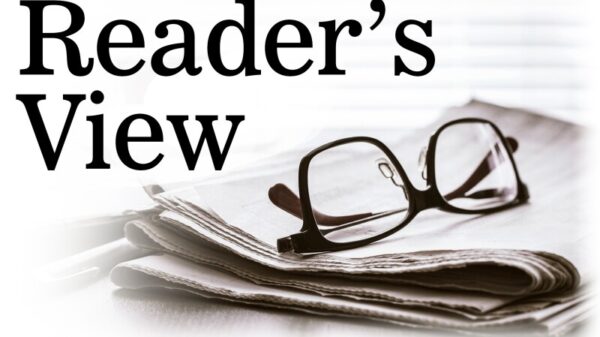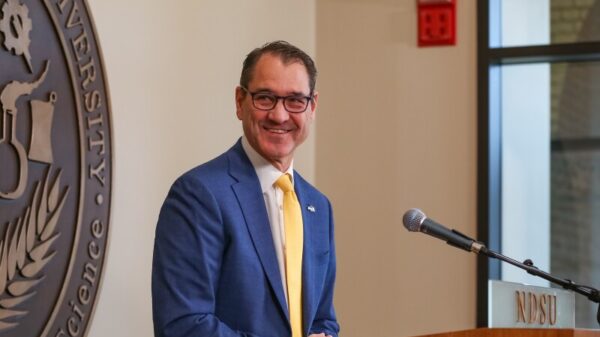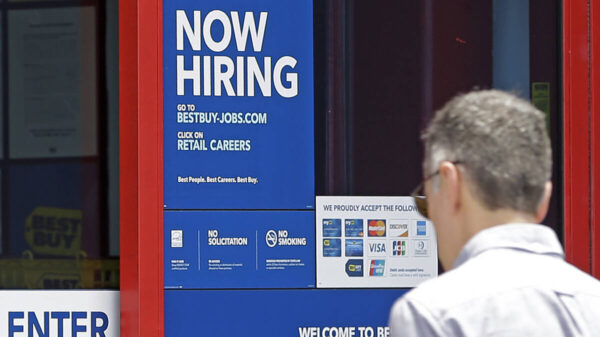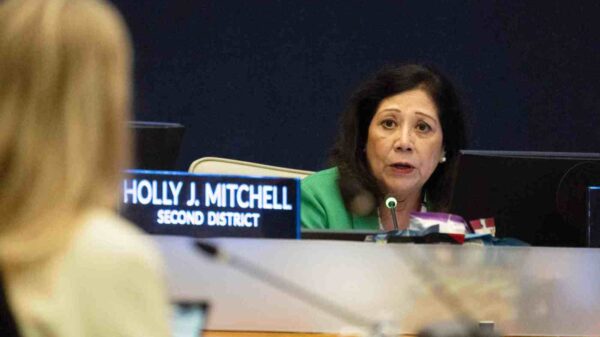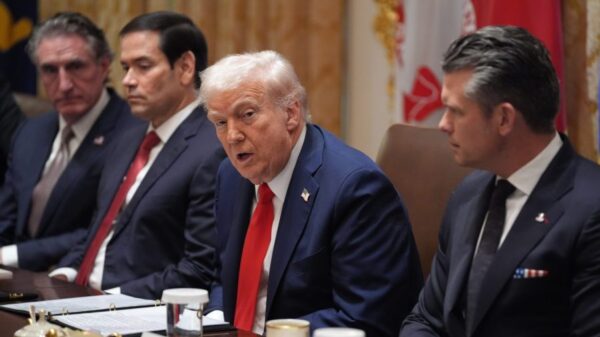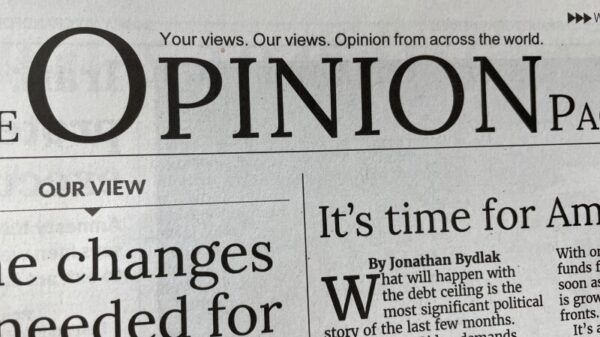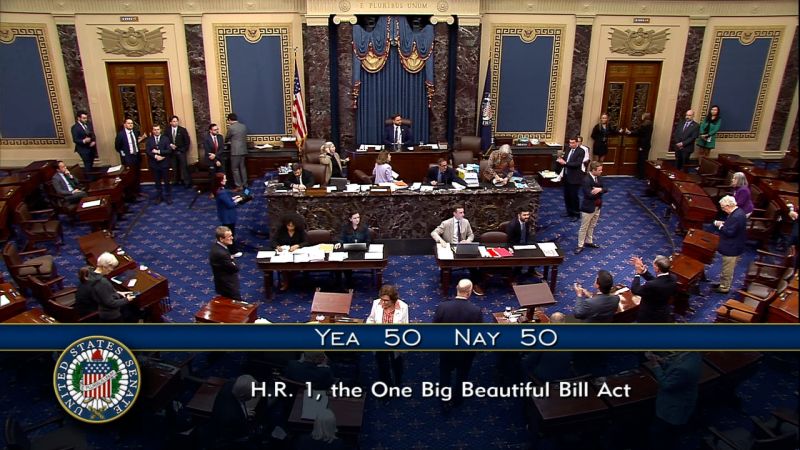The passage of former President Donald Trump’s controversial megabill in the Senate has ignited a heated debate among economists and policymakers. Bianna Golodryga recently hosted a discussion with Jared Bernstein, the former Chair of the White House Council of Economic Advisers, and Douglas Holtz-Eakin, the former Congressional Budget Office Director, to dissect the potential implications of the bill.
During the discussion, Holtz-Eakin expressed grave concerns about the bill’s long-term impact on the American economy. “This will have negative implications for every American,” he warned, citing the potential for increased national debt and inflationary pressures.
Understanding the Megabill
The megabill, a sweeping piece of legislation, aims to overhaul several key sectors, including infrastructure, healthcare, and tax policy. Proponents argue that it will stimulate economic growth and modernize the nation’s aging infrastructure. However, critics are wary of its hefty price tag and the potential burden on taxpayers.
Jared Bernstein, offering a counterpoint to Holtz-Eakin’s concerns, suggested that the bill could provide much-needed investment in critical areas. “This is about laying the groundwork for future prosperity,” Bernstein stated, emphasizing the importance of strategic investments in infrastructure and technology.
Economic Implications and Concerns
One of the primary concerns surrounding the megabill is its impact on the federal deficit. According to the Congressional Budget Office, the bill could add trillions to the national debt over the next decade. Holtz-Eakin highlighted this issue, asserting that “fiscal responsibility is crucial for long-term economic stability.”
Meanwhile, Bernstein argued that the economic benefits of the bill could outweigh the costs. He pointed to historical precedents, such as the New Deal, which involved significant government spending but ultimately helped pull the U.S. out of the Great Depression.
Expert Opinions and Analysis
Economists remain divided on the potential outcomes of the megabill. Some experts believe that the bill’s investments in infrastructure could lead to job creation and increased productivity. Others, however, caution that the short-term economic boost may be overshadowed by long-term fiscal challenges.
“The key is finding a balance between immediate economic needs and sustainable fiscal policy,”
Bernstein noted, emphasizing the importance of careful implementation and oversight.
Looking Ahead: The Future of Economic Policy
The passage of the megabill represents a significant shift in U.S. economic policy, with potential ripple effects across various sectors. As lawmakers and economists continue to debate its merits, the focus will likely remain on how to effectively manage the nation’s economic priorities.
According to sources close to the administration, further discussions are expected in the coming months to address concerns and refine the bill’s provisions. The outcome of these discussions could shape the trajectory of U.S. economic policy for years to come.
As the nation watches the unfolding debate, the implications of the megabill will continue to be a focal point for both policymakers and the public. The challenge remains to balance immediate economic needs with long-term fiscal health, ensuring that the bill’s benefits are realized without compromising future stability.












